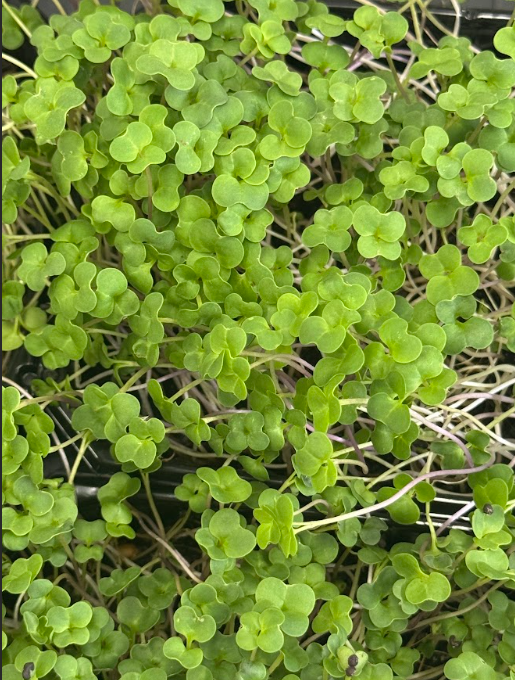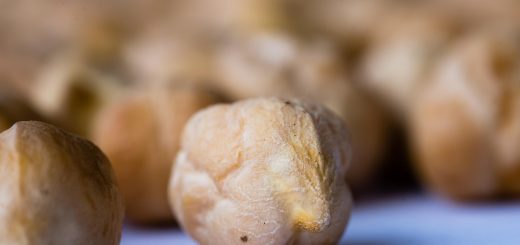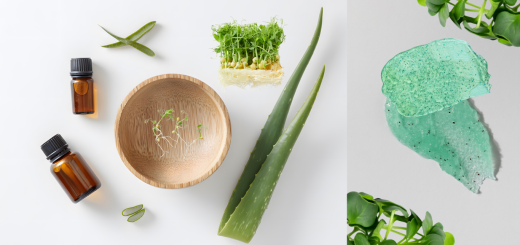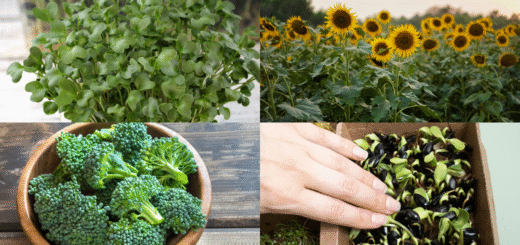Mustard Microgreens: Everything You Need to Know to Grow Them

Hi everyone! We’re continuing the section we started the other day, where we explain how to grow different types of microgreens. In each article, we go over their characteristics, step by step instructions, and some practical tips based on our own experience.
As we mentioned in the previous article, we’ve had great results in the office growing broccoli, lettuce, mustard, and red amaranth. Now we’re expanding our little indoor garden with green peas, wheatgrass, and sunflowers.
Today, it’s time to talk about mustard microgreens. Mustard microgreens are perfect for adding a spicy kick to salads, sandwiches, or soups.
What do you need?
- Mustard seeds: Easy to find in specialty stores or online.
- Growing trays: Flat trays, with or without drainage holes.
- Growing medium: Potting soil or another suitable substrate.
- Spray bottle or watering can
- Natural light or LED grow lights: Mustard microgreens love light! As we mentioned, in our office we use artificial light, but sunlight is also an excellent option.
Step-by-step guide to growing mustard microgreens
1. Prepare the tray:
Clean it thoroughly before using—water and soap if needed.
2. Add the substrate:
Fill the tray with soil and moisten it evenly.
3. Sow the seeds:
Spread the mustard seeds evenly across the surface. No need to cover them—just press them gently to ensure good contact with the soil.
4. Mist with water:
Use a spray bottle to moisten without moving the seeds. The key is to keep the surface damp, not soaked.
5. Blackout period:
Cover the tray for the first 1–2 days to promote germination. You can use another tray or a piece of cardboard.
6. Light and ventilation:
Once you see the first sprouts (usually by day 3), uncover the tray and place it in a well-lit spot or under grow lights.
7. Keep it moist:
Water gently once or twice a day, depending on how dry the substrate gets.
8. Harvest time!
After 6 to 10 days, your mustard microgreens will be ready. Use clean scissors to cut just above the soil line. The leaves should be vibrant and spicy in flavor.
And that’s it!
Mustard microgreens are quick, easy to grow, and full of flavor. Plus, they’re packed with nutrients like vitamins A, C, and K, and powerful antioxidants.
In our next post, we’ll share our experience growing red amaranth microgreens, which are not only nutritious but also incredibly decorative.
Thanks for joining us on this green adventure!
Carlota







